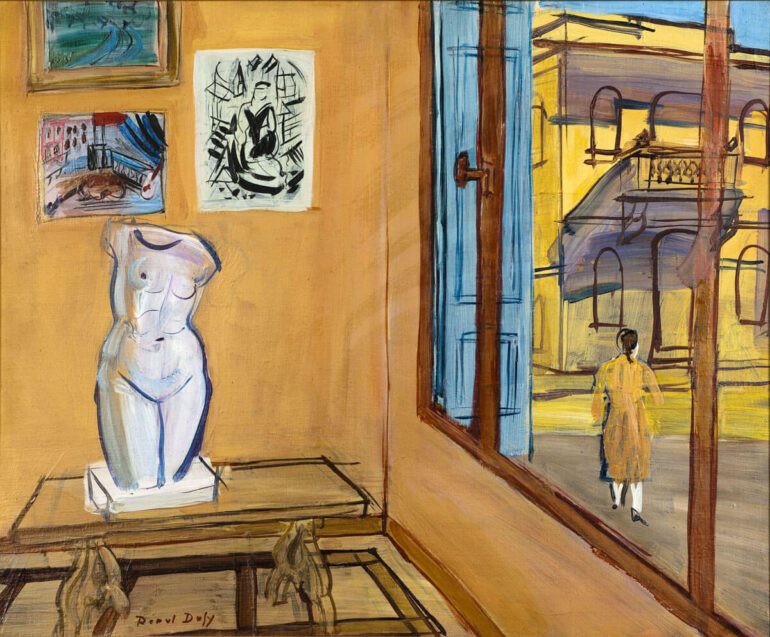A polyhedric French artist
Vibrant, electric glimpses of paint combined to create lively open-air social scenes: regattas, urban streets, hippodromes and much more. This is Raoul Dufy’s universe where colours play a key role.
Largely neglected and undervalued because of the apparent frivolity of its themes, the works of the French painter (1877-1953) come back to Rome with a great exhibition inaugurated on October 14, which can be visited until February 26.
At Palazzo Cipolla, placed halfway between Montecitorio and Piazza Venezia, a great selection of the Fauvist painter’s work is on display. The exhibition includes about 160 pieces distributed through the ground floor of the building which peculiar denomination (“cipolla” stands for the word onion in the Italian language) traces its origins in the surname of the architect who designed the palace in 1864.
The artistic event, organized in collaboration with many important institutions such as the the Musée d’Art Moderne de la Ville de Paris, is a unique opportunity to discover the artist’s multifaced talent: Dufy was a painter, a printmaker, a book illustrator, a scenic designer, a designer of furniture and a urban planner.
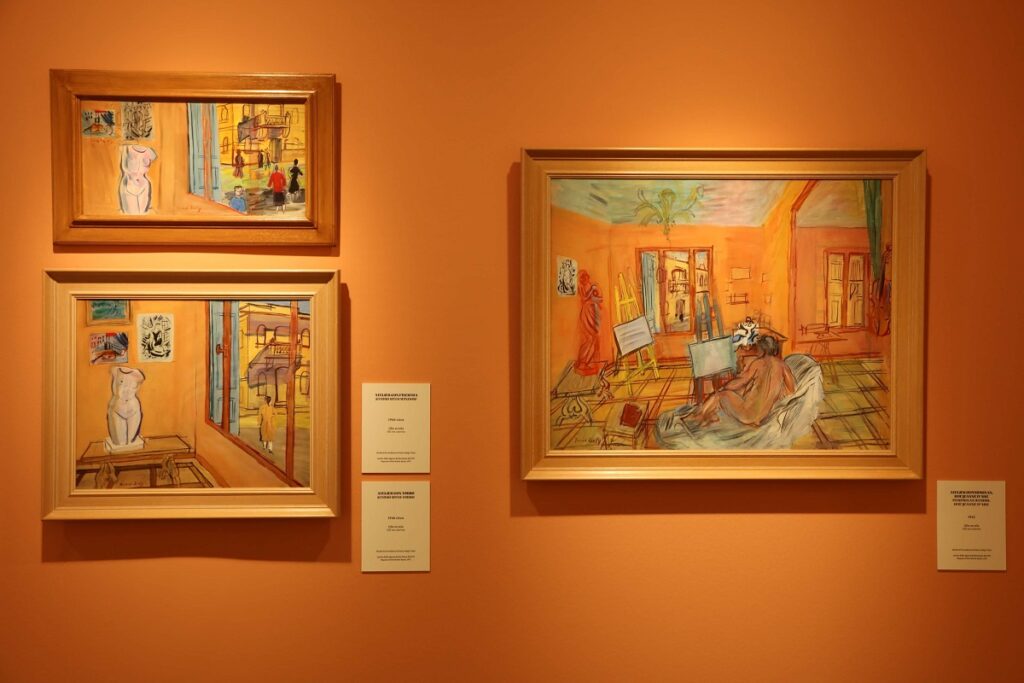
Through 13 thematic sessions, the exhibition “Raoul Dufy, painter of joy” explores the painter’s career through his masters and his close links with the South of France and his contemporary Paul Cezanne.
Daring and lively colour combinations distinguish Dufy’s art and the exhibition itself plays with the idea of joy and liveliness, arranging Dufy’s canvases and textiles through pastel-coloured halls, engaging the public in a carousel of lights and chromatic contrasts.
“In painting, the essential element is colour.
Colour is a phenomenon of light.
For colour, nature uses light.
To capture light, the painter uses colours.”
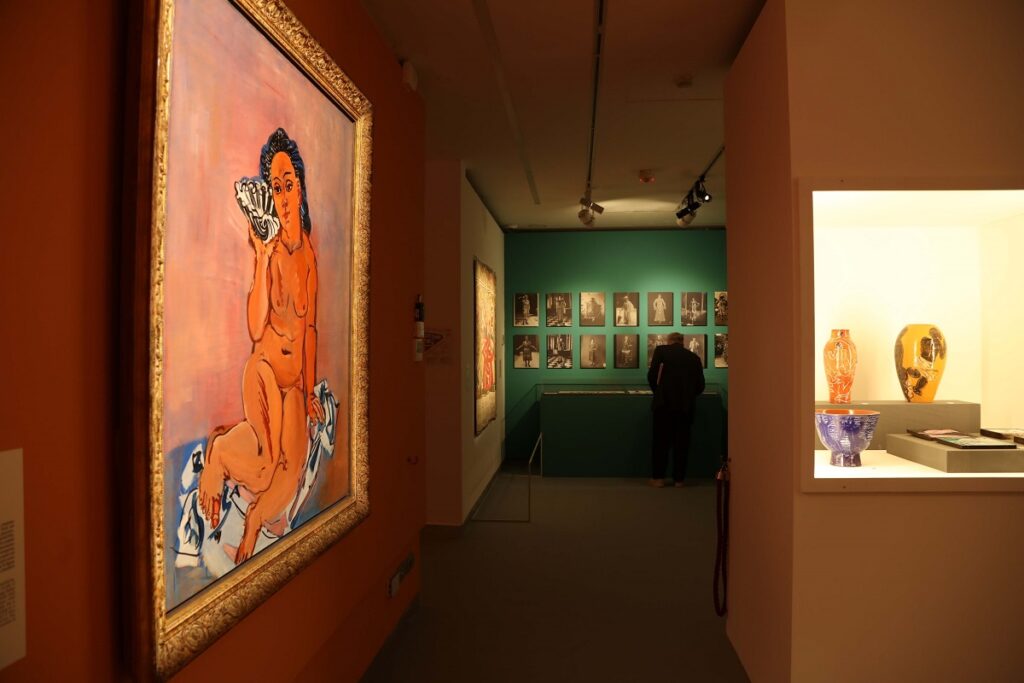
The Italian Journey
Between March and May 1922, Raoul Dufy explored the Italian peninsula, visiting Florence, Rome, Naples and finally Sicily. As for many other painters, Italy represented a powerful source of inspiration for the French artist: let’s not forget that about twenty paintings have been executed right after his travelling in Italy.
Dufy depicted the Mediterranean olive trees and the intense lights over the Italian city lines. And thanks to his Sicilian stay, Dufy returned to the classic landscape, representing the Italian island as a mythological kind of place.
“I am in Ulysses’ harbour, thinking about Homer”
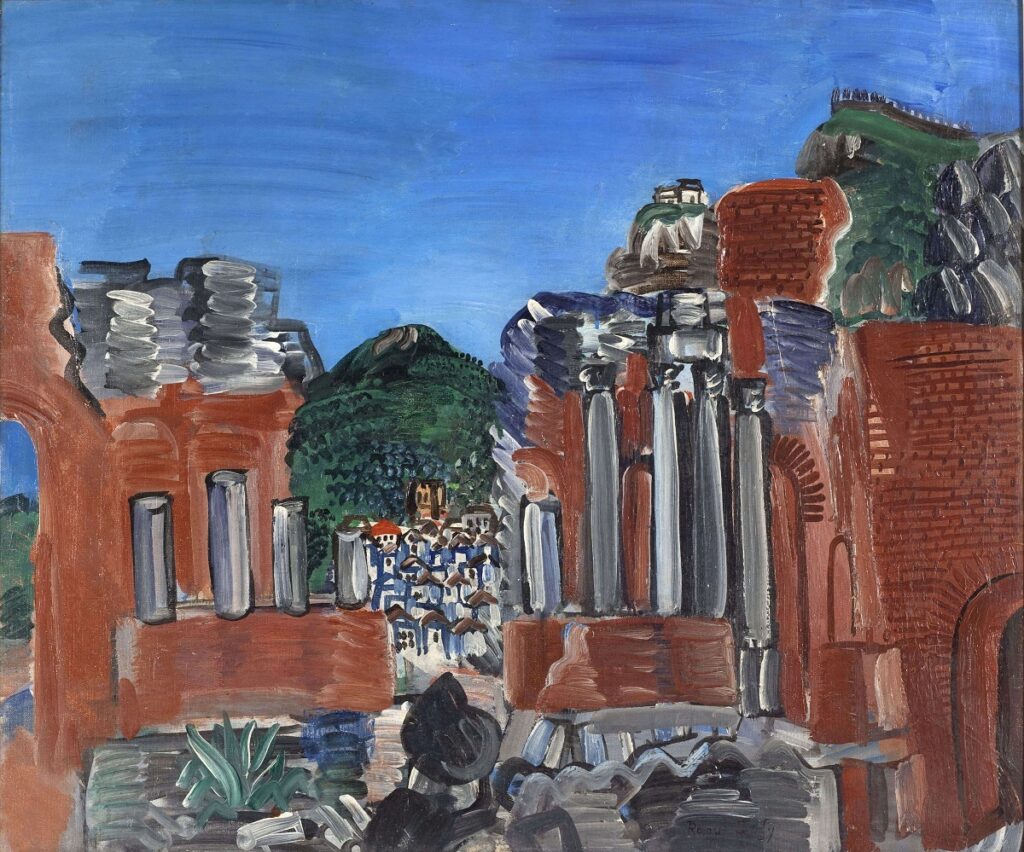
MAM Paris, Paris Musées / Musée d’Art Moderne, Droits d’auteur ©ADAGP
©Raoul Dufy by SIAE 2022
Dufy and the Mediterranean Riviera
Nobody captured high society’s indulging lives and the summer by the sea vibes more exuberantly than Dufy. Being originally from Le Havre, in the Seine-Maritime department of the Normandy, and having lived long enough close to the sea, Dufy was fascinated by the maritime landscapes and, not by coincidence, he considered blue as “the only colour that, in all its shades, maintains its own individuality”. His love for the marine world can be witnessed in other works such as The Large Bather (1914), The Lighthouse at Honfleur (1928) and Nude with Shell (1933).
Seascapes, from Normandy to Provence, were one of the artist’s favourite and recurrent themes, combined with the subject of bathing women, regattas and boats.
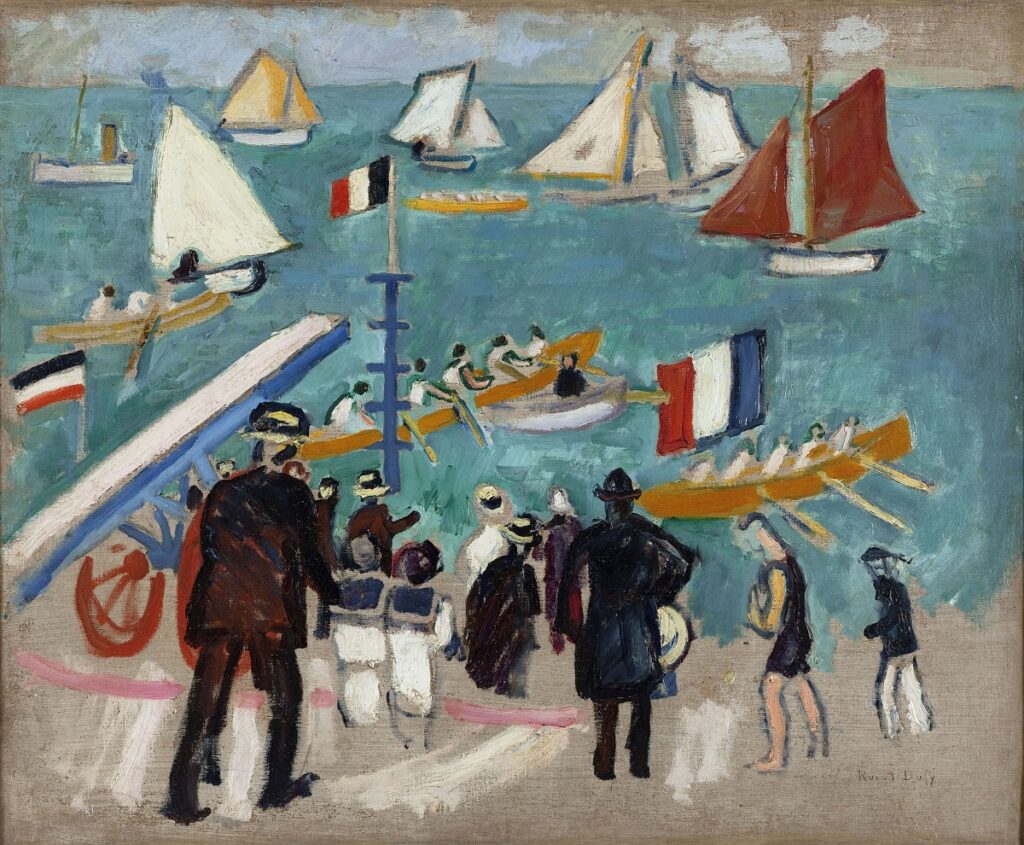
Paris Musées / Musée d’Art Moderne – Droits d’auteur © ADAGP
© Raoul Dufy by SIAE 2022
Dufy and the intersection of art, design and industry
Oil paint and watercolours but also ceramics, textiles and xylographs, Dufy was a modern artist, an art deco creative mind.
His decorative style became fashionable for designs of ceramics and textiles, as well as decorative schemes for public buildings. Besides the social life of French society, Dufy was interested in the industrial world and in its connection with modernity. From 1910, Dufy collaborated with the fashion designer Paul Poiret and, from 1912 to 1928, with the Lyon-based Bianchini-Férier silk factory from 1912 to 1928. He adapted his textile creations to industrial production drawing on his favourite patterns: flowers, including roses; animal and exotic shapes; the sea and mythological subjects and finally abstract and geometric decorations whose real protagonist is the colour itself.
“Only with fabrics, you can delight in observing the optical phenomenon of lines and colours, like a melody you love listening to.”
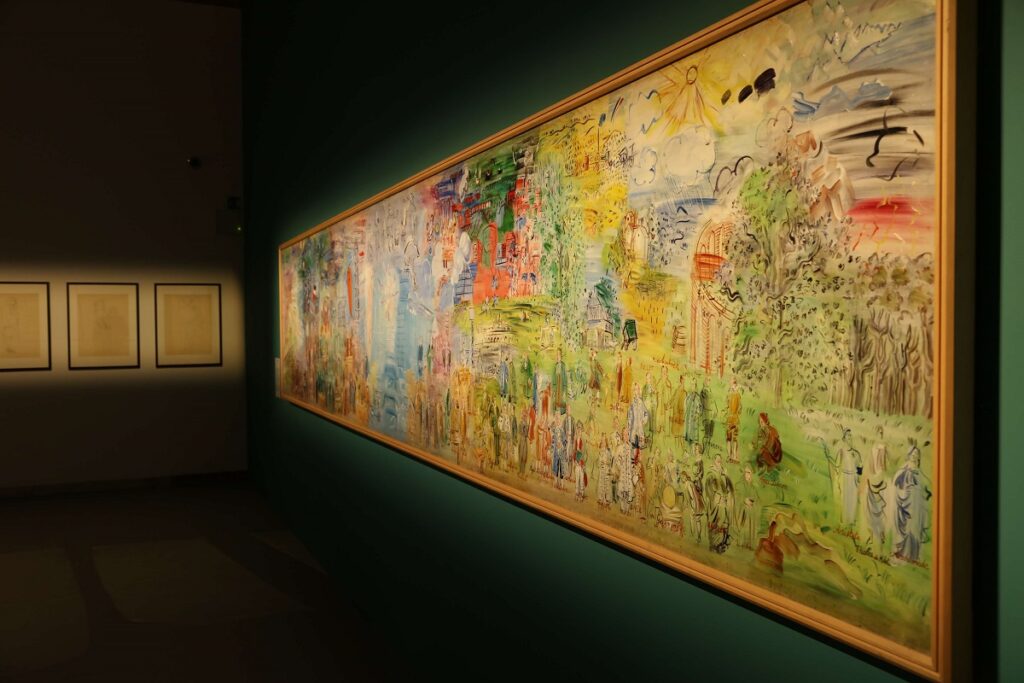
Until 26 February, 2023
PALAZZO CIPOLLA
Via del Corso, 320 – Rome
Opening times: Tue-Sun 10am- 8pm
(Closed on Mondays)
Tickets: Full 10 € – Reduced 8€


